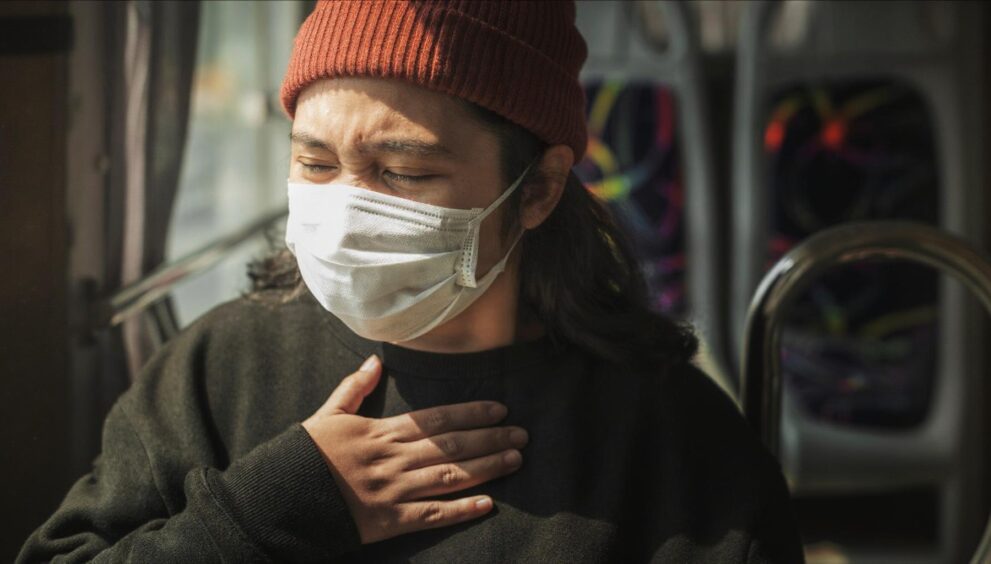Latest
WHO monitors China’s rising respiratory illnesses, including HMPV, finds no unusual outbreaks
No travel or trade restrictions needed for acute respiratory infection trends, says the UN body
Author
Author
- admin / 11 months

- 0
- 3 min read

Author
The World Health Organization (WHO) has said it is in contact with Chinese health officials and has not received reports of any unusual outbreak patterns, even as data from China shows a rise in acute respiratory infections, including human metapneumovirus (hMPV), in northern provinces in recent weeks.
In its report, WHO has advised member states to maintain surveillance for respiratory pathogens through an integrated approach, considering country context, priorities, resources and capacities, It has advised against any travel or trade restrictions related to current trends in acute respiratory infections.
“Chinese authorities report that the health care system is not overwhelmed and there have been no emergency declarations or responses triggered,” WHO said in a statement. “WHO continues to monitor respiratory illnesses at global, regional and country levels through collaborative surveillance systems, and provides updates as needed.”
hMPV, WHO said, is a common respiratory virus found to circulate in many countries in winter through to spring, although not all countries routinely test and publish data on trends in the infection.
- Preventive measures
- WHO recommends that individuals in areas where it is winter take normal precautions to prevent the spread and reduce risks posed by respiratory pathogens, especially to the most vulnerable.
- People with mild symptoms should stay home to avoid infecting other people and rest.
- People at high risk or with complicated or severe symptoms should seek medical care as soon as possible.
- Individuals should also consider wearing a mask in crowded or poorly ventilated spaces, cover coughs and sneezes with a tissue or bent elbow, practice regular handwashing, and get recommended vaccines as per physician and local public health authorities’ advice.
- WHO also advises Member States to maintain surveillance for respiratory pathogens through an integrated approach, considering country context, priorities, resources and capacities.
“While some cases can be hospitalized with bronchitis or pneumonia, most people infected with hMPV have mild upper respiratory symptoms similar to the common cold and recover after a few days,” the WHO said.
“The observed increase in respiratory pathogen detections is within the range expected for this time of year during the Northern hemisphere winter. In China, influenza is the most commonly detected respiratory pathogen currently affecting people with acute respiratory infections,” the UN body added.
In many countries of the Northern Hemisphere, trends in acute respiratory infections increase at this time of year, WHO said.
“These increases are typically caused by seasonal epidemics of respiratory pathogens such as seasonal influenza, respiratory syncytial virus (RSV), and other common respiratory viruses, including human metapneumovirus (hMPV), as well as mycoplasma pneumoniae,” the statement said.
Also read: Debunking the HMPV panic: Expert explains risks, symptoms, and precautions – First Check









